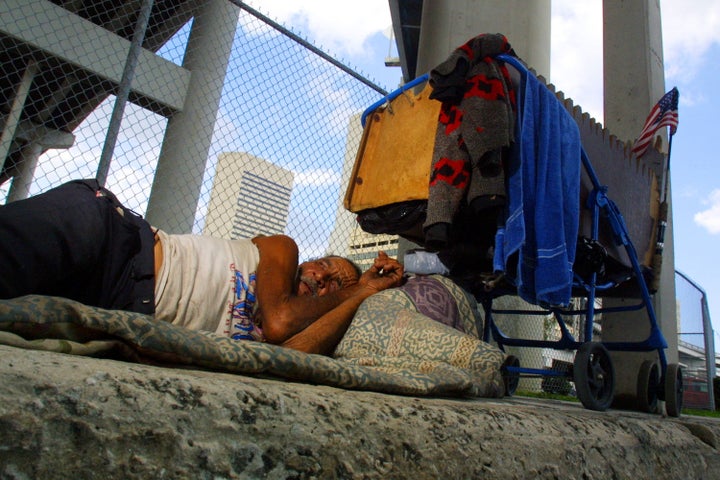
Every year, for the past 35 years, the World Bank has published the World Development Indicators, a fine collection of data on developing countries. The just-released 2013 issue of "the WDI" is unusually telling. Deep into the report, there is a table that shows the status and the evolution of extreme poverty, that is, of people who live with 1.25 dollars a day or less. Think about it: $1.25 a day. How would your life look if you had to live on that? To start with, your house -- if you had something that could be called a house -- would have no electricity, gas, running water or sewer. So no TV, refrigerator, showers or toilet for you. How about tooth-paste, contraceptives or motorized transport? You'd surely not spend your $1.25 on any of that. If you've got sick -- which would be very likely in your sanitary and nutritional condition -- you couldn't afford any medicine. In fact, you'd save your meager cash to buy food, just to keep yourself and your family alive. It would all add up to a miserable existence, wouldn't it? It is even difficult to imagine that, in the 21st century, anyone lives such a 19th-century life.
Well, 1.2 billion people do, according to the 2013 WDI. [NB: measuring global poverty is no technical picnic, as prices, exchange rates, methods, definitions and frequencies vary across countries and across time.] That's a huge proportion of the world's 7 billion human beings. It makes you wonder what development experts and financiers have been doing all these years. And yet, behind the horror, shame and urgency of those figures, there is, believe or not, news of hope.
First, one region proved that fast economic growth can squash extreme poverty. In the 20 years through 2010, the proportion of people living on $1.25 a day or less in East Asia fell from over half of the population to about a tenth. That's about 700 million people lifted up from indigence. History had never seen anything like it. And the forecast is that, in the next five years, even that tenth will be cut in half. Yes, most of it is due to one country -- China. Still, it proves to the rest of the world that it can be done.
Second, the global financial crisis of 2008-2009 did not increase extreme poverty -- if anything, it only slowed temporarily the downward trend that extreme poverty had been on. The fears that contagion from the economic troubles of the rich countries would push even more people towards the very bottom did not materialize. How come? It's not really obvious. It may be that, when you are so poor, you are almost disconnected from the volatility of formal markets -- you live off your tiny plot of land, get few public services, and do not deal with banks.
Third, Africa clocked almost 20 years of continuous decline in extreme poverty -- from 60 percent in 1993 to 48 percent in 2010. That's of course little consolation for the almost half of all Africans -- some 400 million of them -- who haven't yet escaped abject need. And, as other regions have done better, Africa is now home to a third of the world's extreme poor -- up from 15 percent in 1990. For a continent whose economies have been growing apace for a decade, the message is clear: growth is not always enough.
Fourth, the future looks good -- relatively speaking. The WDI projects that another 250 million people will come out of extreme poverty by 2015. The bulk of them will be in East and South Asia. These projections depend on many things going right, and assume away further global crises. They also assume no major, additional push by governments to end the scandal of people living on $1.25 a day.
Which brings us to the final, and perhaps most important message embedded in the 2013 WDI. When you look at the list of countries with the highest incidence of extreme poverty -- say, above 40 percent of the population -- you can't help noting that most of them are rich or very rich in natural resources, things like oil, gas or minerals. How costly would it be for those governments to identify their extreme poor and transfer to them enough cash to raise them out of their misery? As it happens, it would not be costly at all. In this economist's calculation for a sample of African countries, it would cost less than three percent of the annual fiscal revenue coming from the sale of natural resources. How about the logistics of identifying the poor and transferring money to them? Will that be a problem? Nope, bio-metrics and the internet have made all that doable and cheap -- see India and Mexico. So, why is it not done? Sooner or later, it will be. But that's a different conversation altogether.
